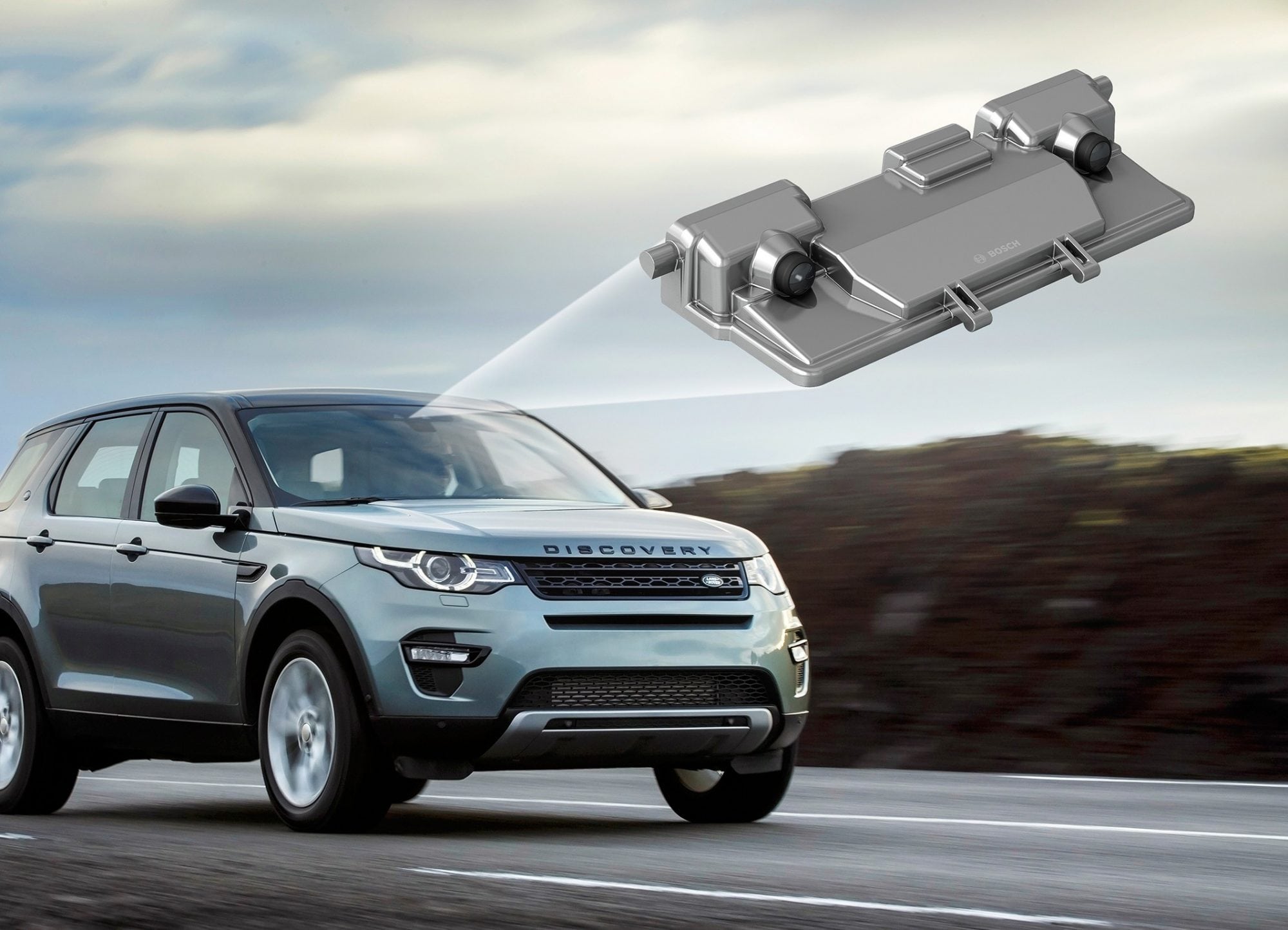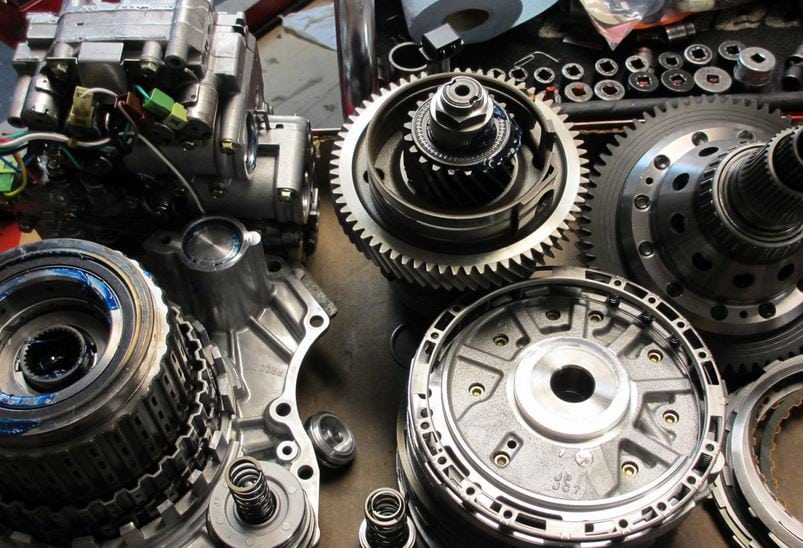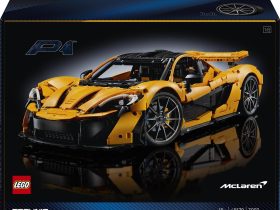In an interesting development, Bosch has created a stereo vision video camera that can operate an emergency braking system stand-alone, with no other sensors required. Normally, this would require a radar sensor or a combination of radar and video sensors. Land Rover offers the stereo video camera together with the Bosch emergency braking system as standard in its new Discovery Sport (in Europe). This system was developed in close collaboration between Bosch and Land Rover.
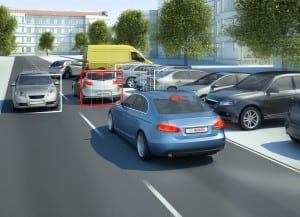 When the camera recognizes another vehicle ahead in the lane as an obstruction, the emergency braking system prepares for action. If the driver does not react, then the system initiates maximum braking.
When the camera recognizes another vehicle ahead in the lane as an obstruction, the emergency braking system prepares for action. If the driver does not react, then the system initiates maximum braking.
Besides the emergency braking system, the new Land Rover Discovery Sport offers other driver assistance functions, some of which are also based on the Bosch stereo video camera. One such function is road-sign recognition, which keeps the driver informed about the current speed limit. Another is a lane-departure warning system. This vibrates the steering wheel of the Discovery Sport to warn drivers before they unintentionally drift out of lane.
With its light-sensitive lenses and video sensors, the camera covers a 50-degree horizontal field of vision and can take measurements in 3D at a distance of over 50 meters. With these capabilities, the video signal alone provides enough data to calculate, for example, the distance to vehicles ahead.
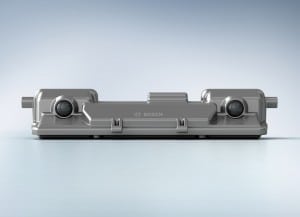 Its pair of highly sensitive video sensors are equipped with color recognition and CMOS (complementary metal oxide semiconductor) technology. They have a resolution of 1,280 by 960 pixels and can also process high-contrast images. The camera’s high-performance computer makes it possible to integrate other measuring programs and functions and respond flexibly to market requirements.
Its pair of highly sensitive video sensors are equipped with color recognition and CMOS (complementary metal oxide semiconductor) technology. They have a resolution of 1,280 by 960 pixels and can also process high-contrast images. The camera’s high-performance computer makes it possible to integrate other measuring programs and functions and respond flexibly to market requirements.
One of the biggest advantages offered by the Bosch stereo video camera is its compact design. The distance between the optical axes of the lenses is just twelve centimeters, making this the smallest system of its kind currently available in the field of automotive applications. The Bosch developers have also integrated the control unit for image processing and function control directly into the camera housing. That means vehicle manufacturers can integrate the camera into the rearview mirror especially easily, impeding the field of vision only slightly.
The Bosch camera also meets the stringent ASIL B safety requirement according to ISO 26262, which is relevant for safety-related emergency braking. In addition, automotive manufacturers can flexibly adapt the range of camera functions as they choose.


